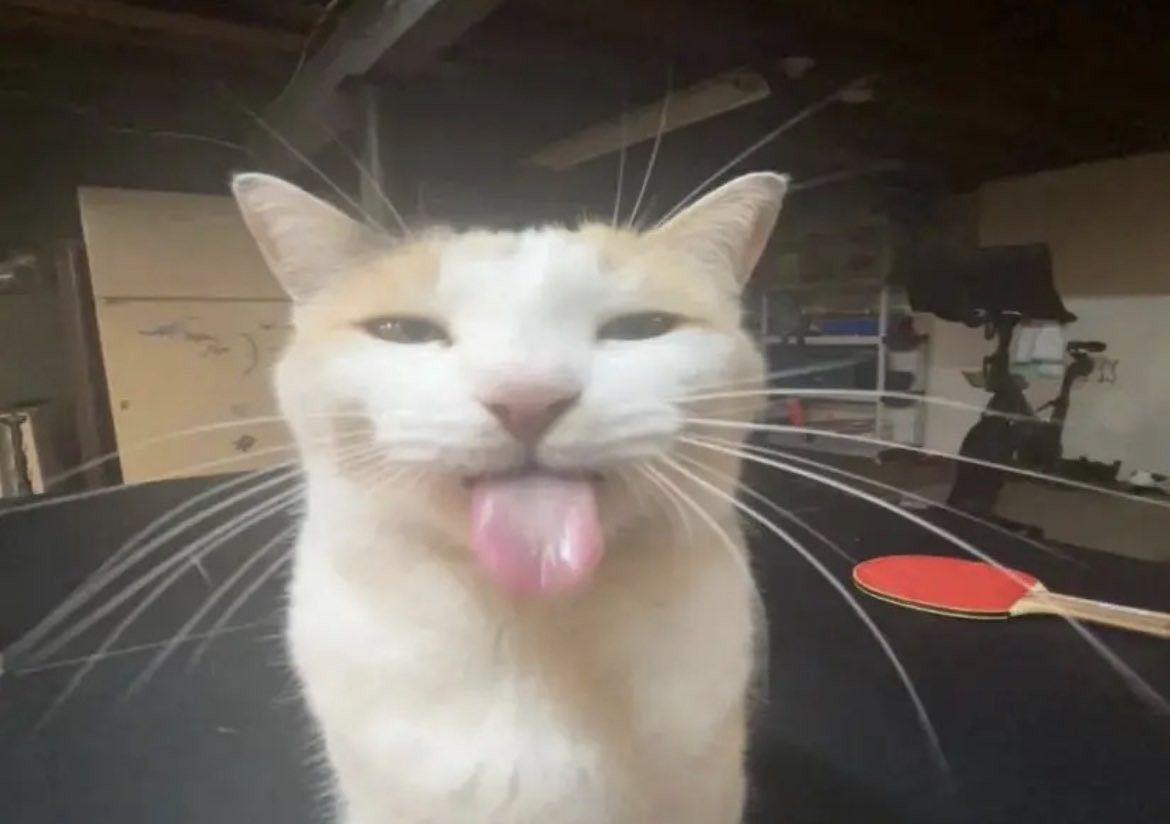CLASS TURBELLARIA
Cards (15)
- Free-living and parasitic and/or commensal
- Aquatic and benthic, only a few are terrestrial
- Movement
- Cilia: they glide over substrate; the ventral cells secretes mucus as they glide over
- Musculature: (1) inner longitudinal and (2) outer circular muscle fibers (3) between these two, there's a set of diagonal muscles
- MOVEMENT
- Pedal waves: waves of muscular contraction along the animal's ventral surface; undirectional from anterior to posterior
- Peristaltic waves: progressive wavelike contractions
- Looping: anterior attaches, pulls posterior forward, attaches posterior, releases anterior, organism moves forward.
- BODY WALL
- Epidermis:
- Monolayered, multiciliated, and syncytial
- There's short microvilli found between cilia
- gland cells are present
- BODY WALL
- Duo-glands: paired secretory cells; temporary adhesion in interstitial organisms
- viscid gland
- releasing gland
- Rhabdoid: rod-shaped and membrane bounded secretion; forms mucus that coats the animal's body to avoid predation
- Rhabdite: aggregation of cells; secretes thick mucus
- Frontal gland: anterior aggregation of secretory cells; defense, slime production for locomotion and adhesion
- NERVOUS SYSTEM AND SENSE ORGANS
- Brain: subepidermal and ring like
- Nerve cords: extends posteriorly; joins a nerve net located ventrally
- Nerve net: ladder-like
- Ocelli: eyes that may cluster over the brain
- Statocysts: unpaired; medially near the brain; orients the animal's posture
- Ciliary receptors: (mechanoreceptors) concentrated on tentacles, auricles and body margins
- Chemoreceptors: locating food or mate
- PARENCHYMA is the connective tissue compartment between body wall musculature and the gut
- Epidermal replacement cells
- migrates from parenchyma to the body surface
- Replaces destroyed epidermal cells
- Neoblasts
- Totipotent
- Wound healing and regeneration
- Epidermal replacement cells
- PARENCHYMA3. Fixed parenchymal cells
- Branched cells that make junctions with other cells
- Gap junctions - intercellular channel for transport of gasses, metabolites and nutrients
4. Chromatophores: allows cell to lighten or darken and is controlled by the brain - DIGESTIVE SYSTEM AND NUTRITION
- Incomplete digestive system
- Gut wall
- simple epithelium
- ciliated
- phagocytic and gland cells
- Shape of gut
- Microturbellarian
- Macroturbellarian
- Order Acoela
- DIGESTIVE SYSTEM AND NUTRITIONTypes of pharynx
- Zero pharynx
- mouth opens directly into the cytoplasm of the digestive syncytium
- Simple
- ciliated tube
- Plicate
- protrusible
- long muscular tube
- has a fold in its wall when retracted
- free living
- BUlbous
- muscular bulb
- for sucking
- parasitic
- DIGESTIVE SYSTEM AND NUTRITION
- Carnivorous
- Extracellular digestion: enzymes
- Intracellular digestion
- Turbellarians: reabsorption of systemic tissues
- Prey capture
- Food swallowed whole or in pieces
- Some organisms absorb nutrients through body wall
- REPRODUCTION
- Regeneration
- adjacent epidermis spreads over and seals the wound
- blastema forms beneath the epidermis
- Transverse cut (regeneration of new head)
- regenerates faster on slices from the anterior than the posterior
- REPRODUCTION
- Paratomy
- parent's body differentiates into a chain of zooids before fission separates them into new individuals
- Architomy
- differentiation or regeneration after fission
- MALE REPRODUCTIVE SYSTEM
- Testes: transports sperm
- Sperm duct
- Seminal vesicle: storage sac
- Penis: copulatory organ that may be armed with stylet
- Prostate gland: supplies secretions to penis
- FEMALE REPRODUCTIVE SYSTEM
- Gonopore/vagina: copulatory organ
- Copulatory bursa & seminal receptacle: storage of sperm
- Ovaries
- Oviduct
- Uterus
